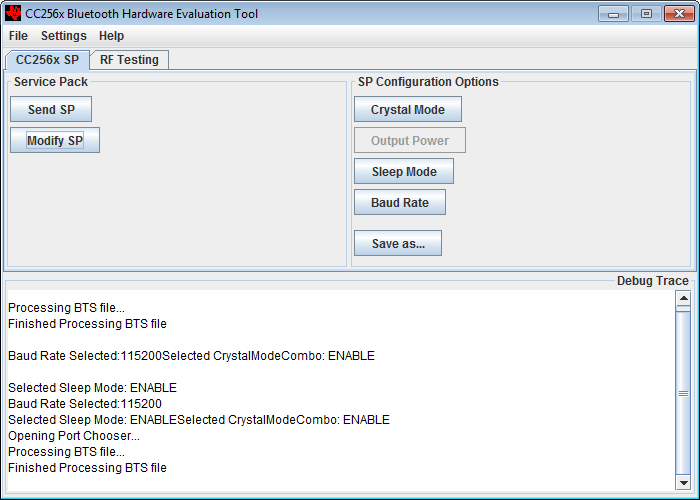Hello,
I'm looking for example source code that utilizes the functionality within BTPSVend.c as well has some example source to read/write HCI command/events directly over UART. I would like to utilize the HCI header files already provided by the SDK.
Thank you,
Satyajit


